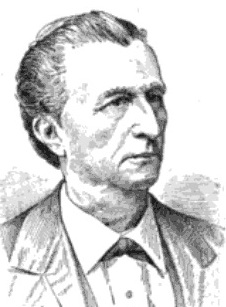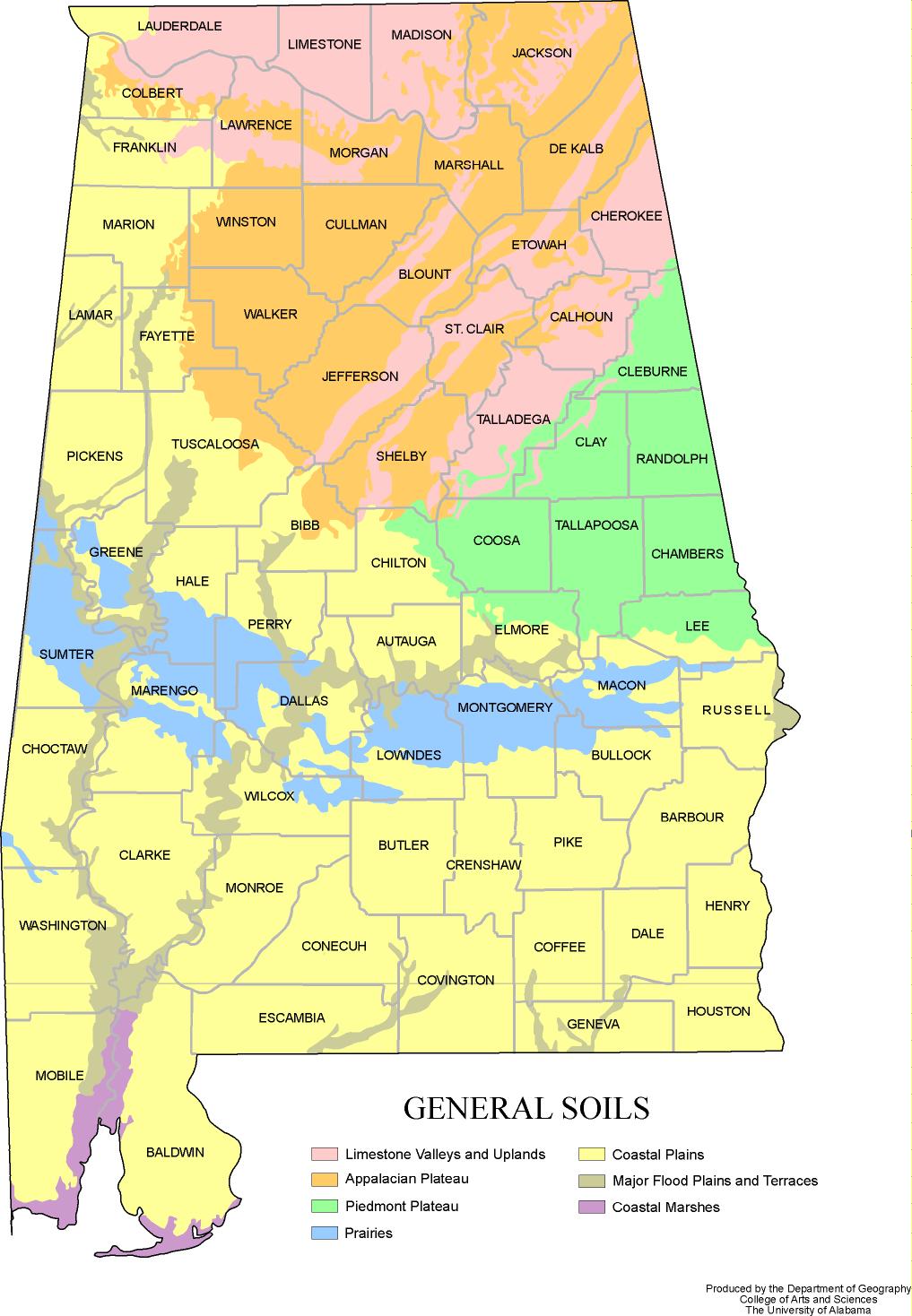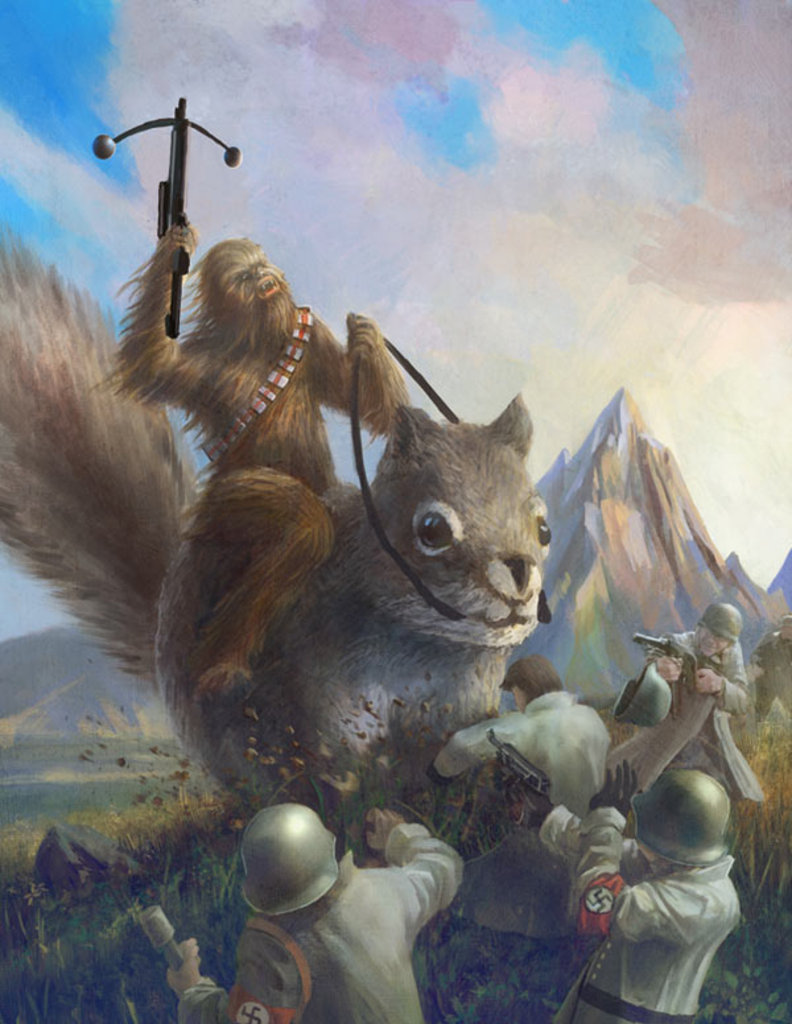In this lab we were asked to identify 3 different kinds of trees, bushes, and flowers.
Trees
Sycamore trees are distinguished by their multicolored peeling bark and can grow very large. They often grow in sandy soil around bodies of water.
Hemlock is an evergreen tree. The American variants of this tree are under threat of extinction because of harmful insects called woolly adelgid.
The red maple tree is a deciduous tree which can grow in a number of soils, such as clay or wet. They can grow anywhere between 40 to 60 feet.
Bushes
Sago Palms are actually not palms at all, but a kind of Cycads. It is a very ancient plant that goes back to the age of dinosaurs.
Monkey grass is mostly used in landscaping. Most are evergreen and some produce purple flowers.
The ilex bush is known for typically having sharp pointed leaves. They are evergreen and deciduous. During winter they grow white flowers and red berries. The ilex, or holly, is a very common bush and has over 400 species.
Flowers
The snapdragon gets its name because before blossoming its bud looks like the head of a dragon. It grow year round and it good for cut flowers, or flowers that have cut for its original plant. It flowers can be yellow, white, orange, or red.
Camellia's prefer dry soil and is native to eastern Asia. There may be as many as 280 species of camellia. Only a few of the species are used for gardening and decorations. Many other species are used to produce tea.
Angel Trumpets bloom year long and are actually in the same family as potatoes. They are known for being dangerously toxic and can cause hallucinations. Angel trumpets are native to South America













